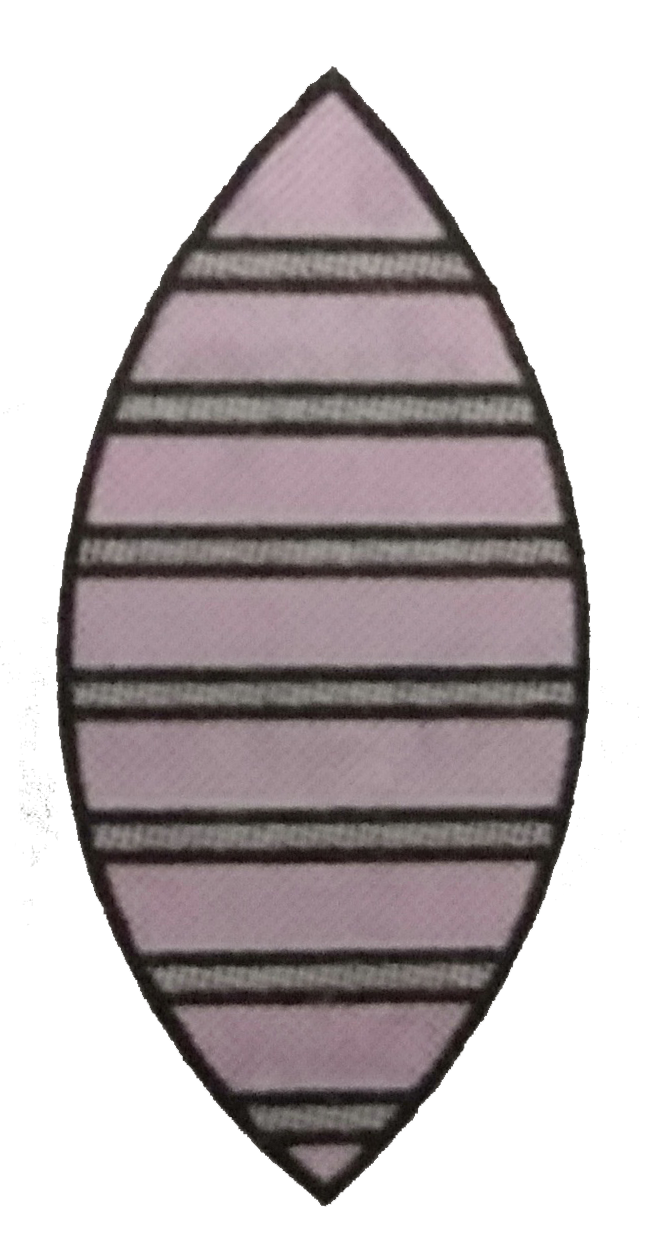
A convex lens is made of 3 layers of glass of 3 different materials as in the figure. A point object is placed on its axis. The number of images of the object are
3
4
1
2
The correct Answer is:C
This combination is equivalent to single lens.
Topper's Solved these Questions
- REFRACTION AT SPHERICAL SURFACESBook:CP SINGHChapter:REFRACTION AT SPHERICAL SURFACESExercise:EXERCISES
Explore 105 Videos
- REFLECTION OF LIGHTBook:CP SINGHChapter:REFLECTION OF LIGHTExercise:EXERCISES
Explore 67 Videos
- REFRACTION OF LIGHT BY PLANE SURFACESBook:CP SINGHChapter:REFRACTION OF LIGHT BY PLANE SURFACESExercise:Exercises
Explore 110 Videos
Similar Questions
A convex lens is made of three different materials which are symmetrically distributed as shown in figure.
If some point object is placed on its principal axis then what will be the number of images formed ?


View SolutionA lens shown in Fig. 6(b).75 is made of two different materials. A point object is placed on the principal axis of the lens. How many images will be obtained ?

View Solution
Knowledge Check
A convex lens is made up of three different materials as shown in the figure. For a point object placed on its axis, the number of images formed are
 A1B5C4D3
A1B5C4D3A convex lens is made up of three different materials as shown in the figure. For a point object placed on its axis, the number of images formed are
 A1B5C4D3
A1B5C4D3An object is placed before a convex lens. The image formed
Ais always erectBmay be erect or invertedCis always invertedDis always real
A lens whose radii of curvature are different is forming the image of an object placed on its axis. If the lens is reversed, will the position of the image change ?
View SolutionAn object is placed before a convex lens. The image formed
View SolutionA convex forms a real image of a poinnt object placed on its principal axis. If the upper half of the lens is painted black
View SolutionA convex lens shown in the figure is made up of two types of transparent materials. A point sources of light is placed on its principal axis. If reflections from the boundaries between layers are ignored, the lens wil form

View SolutionA double convex lens whose radii of curvature are R1 and R2 forms the image of a point object, placed on its axis. If the lens is revered, face to face, then the ratio of the distances of the images in the first and second case will be
View Solution

